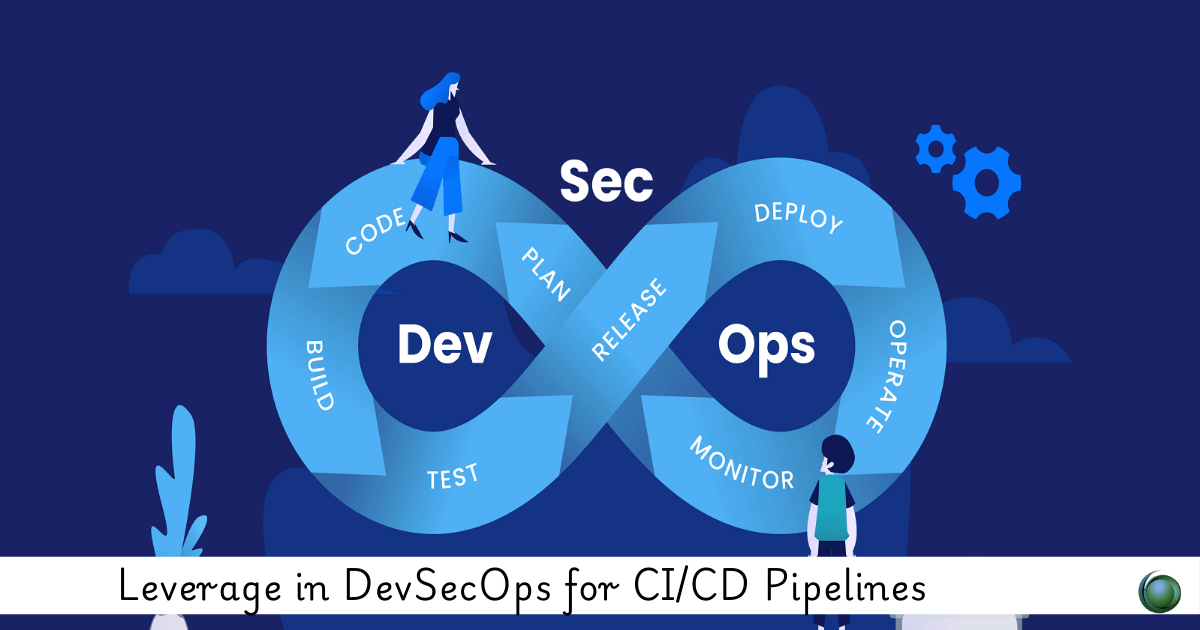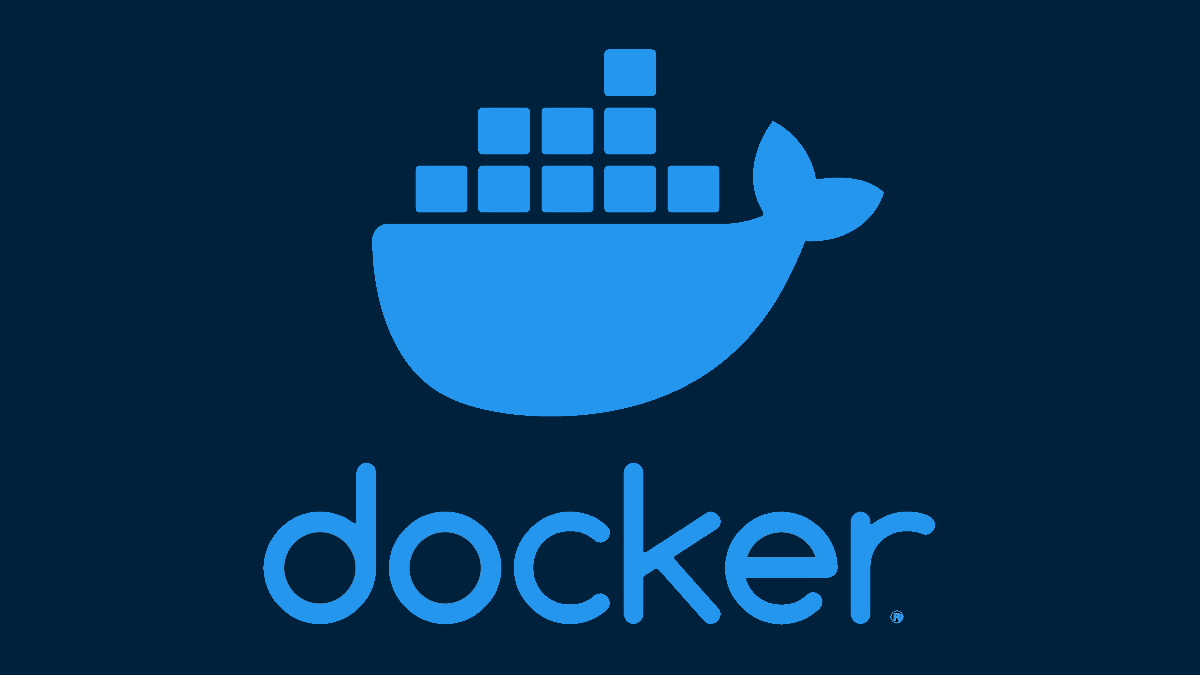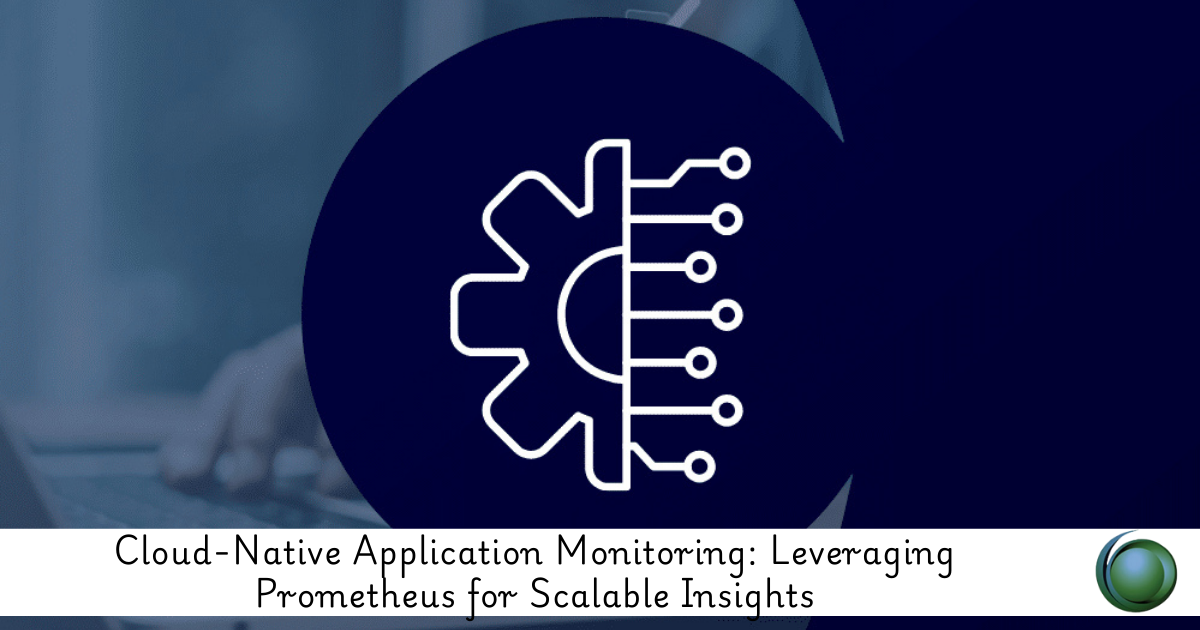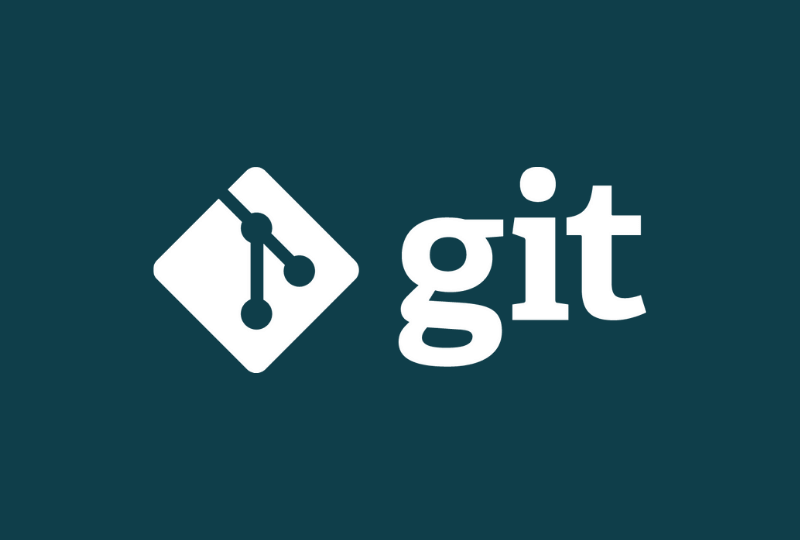1.1 Why Automate Security in DevOps?
1.2 Importance of Security Automation in the DevSecOps Process
1.3 Key Automation Concepts in DevSecOps
1.4 Overview of Automation Workflows, Pipelines, and Security Integration
1.5 Challenges in Manual Security Testing
1.6 Limitations of Manual Testing and the Need for Automation in CI/CD Pipelines
1.7 DevSecOps Automation Lifecycle
1.8 Lifecycle from Development to Deployment and Monitoring
2: Automated Security Testing in DevSecOps
2.1 Static Application Security Testing (SAST)
2.2 Automating Code Scanning for Vulnerabilities During Development
2.3 Dynamic Application Security Testing (DAST)
2.4 Automating Detection of Security Flaws in Running Applications
2.5 Interactive Application Security Testing (IAST)
2.6 Combining SAST and DAST for Comprehensive Testing
2.7 Hands-On: Setting Up SAST and DAST in CI/CD Pipelines
3: Automating Vulnerability Scanning
3.1 Dependency and Vulnerability Management
3.2 Automating Dependency Checks and Vulnerability Management in Pipelines
3.3 Container and Image Security
3.4 Automating Vulnerability Scanning in Containers (e.g., Docker) and Images
3.5 Infrastructure as Code (IaC) Security Automation
3.6 Using Automation Tools to Ensure Secure Infrastructure with Terraform
3.7 Hands-On: Implementing Automated Vulnerability Scanning in CI/CD
4: Automation Tools for DevSecOps
4.1 Security Automation Toolchain
4.2 Overview of Tools like OWASP ZAP, SonarQube, Trivy, and Others
4.3 Implementing Security Tools in CI/CD
4.4 How to Integrate Security Automation Tools into CI/CD Workflows
4.5 Choosing the Right Tools
4.6 Best Practices for Tool Selection Aligned with Security Goals
4.7 Hands-On: Integrating a Security Automation Toolchain
5: Automating Compliance and Governance
5.1 Compliance as Code
5.2 Automating Compliance Checks and Governance Policies in Pipelines
5.3 Policy Enforcement and Audit Automation
5.4 Using Open Policy Agent (OPA) for Automated Governance
5.5 Automating Regulatory Compliance
5.6 Ensuring CI/CD Pipelines Meet Standards (e.g., GDPR, PCI DSS)
5.7 Hands-On: Setting Up Automated Compliance Testing
6: Threat Detection and Response Automation
6.1 Continuous Security Monitoring
6.2 Automating Monitoring for Security Threats in Production Environments
6.3 Incident Detection and Response Automation
6.4 Automating Workflows for Response to Security Threats
6.5 Using AI/ML for Security Automation
6.6 Enhancing Threat Detection and Response with AI/ML in DevSecOps(Ref: Automation in DevSecOps: Security Testing and Tools)
6.7 Hands-On: Implementing Automated Threat Detection and Response
7: Best Practices in DevSecOps Automation
7.1 Security as Code
7.2 Treating Security Policies and Practices as Code
7.3 Shifting Left with Security Automation
7.4 Moving Security Earlier in the Development Pipeline
7.5 Collaboration Between DevOps and Security Teams
7.6 Best Practices for Effective Communication and Collaboration
7.7 Case Study: Automating Security in a Real-World CI/CD Pipeline
8: Future Trends in DevSecOps Automation
8.1 Emerging Trends in Security Automation
8.2 Advances in Security Automation and Their Impact on DevOps
8.3 Cloud-Native Security Automation
8.4 Automating Security for Cloud-Native Architectures, Containers, and Serverless
8.5 Advanced Security Orchestration
8.6 Orchestrating Complex Security Workflows and Automation at Scale
8.7 Hands-On: Implementing Advanced Security Automation for Cloud-Native Application







Reviews
There are no reviews yet.